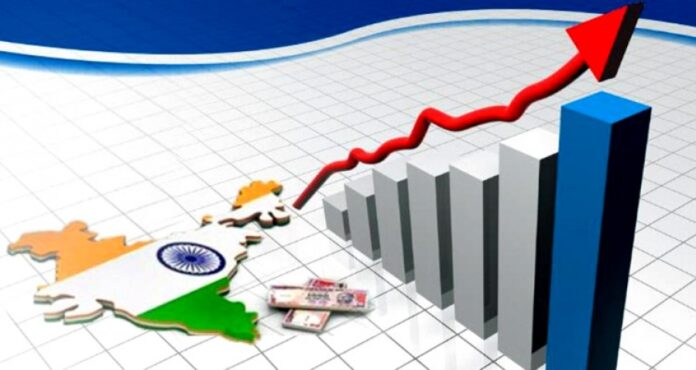India’s macroeconomy is healthier and poised for higher growth despite the pandemic shock, noted renowned economist Ashima Goyal on Sunday, noting that the fact that both the first and second waves recovered faster than projected indicates intrinsic strengths of the economy.
Indian macroeconomy is more healthy and ready for rapid growth than it’s been in a long time, notwithstanding the Covid-19 terrible shock.” ‘The fact that both the first and second waves recovered faster than projected indicates to the economy’s intrinsic strengths.”
Indian central bank, the Reserve Bank of India (RBI), has reduced India’s current financial year’s growth projection by a full percentage point to 9.5% from its previous estimate of 10.5%, while World Bank estimates India’s economy would grow by 8.3% in 2021. According to Goyal, who is also a member of the Reserve Bank’s Monetary Policy Committee (MPC), “we should not expect the private infrastructure investment boom of the 2000s.”
Indian portfolio inflows are not solely a result of the quantitative easing by central banks in developed countries, but also owing to the growth potential of the country.
According to the prominent economist, “all emerging markets do not receive such inflows of funds.” A big share of recent capital inflows came from more durable foreign direct investment, she said.
According to her, India has enough reserves to withstand volatility while keeping interest rates in line with the domestic policy cycle. Goyal added that because stock markets are forward-looking, they tend to move ahead of the real economy.
A low-interest rate also increases future profits’ discount rate and makes fixed deposits less appealing.
This has led to a broader Indian public participation in the stock markets, which has resulted in them having more diverse portfolios of assets,” she said.
“A gradual rise in policy interest rates need not lead to a large correction if the rise coincides with a growth recovery, which is healthy for markets and long term growth prospects remain high,” Goyal added.
According to the economist, India’s currency reserves are not derived from a surplus of exports over imports.
Foreign inflows that produce liabilities result in the borrowing of reserves, which in turn creates liabilities. In order to meet repayment obligations, reserves must be maintained liquid and their value retained,” she added, adding that they provide security but are expensive.
In Goyal’s opinion, the greatest strategy to minimise excessive reserve accumulation is to improve the absorption of foreign inflows into productive investments. Market-based capital flow management strategies can reduce inflows until this happens.”We need to keep pushing for better international regulation and safety nets,” she said.
“The infrastructure focus is also beneficial because it provides jobs today and makes it simpler to work later,” she added.
Follow and Connect with us on Facebook, LinkedIn & Twitter

